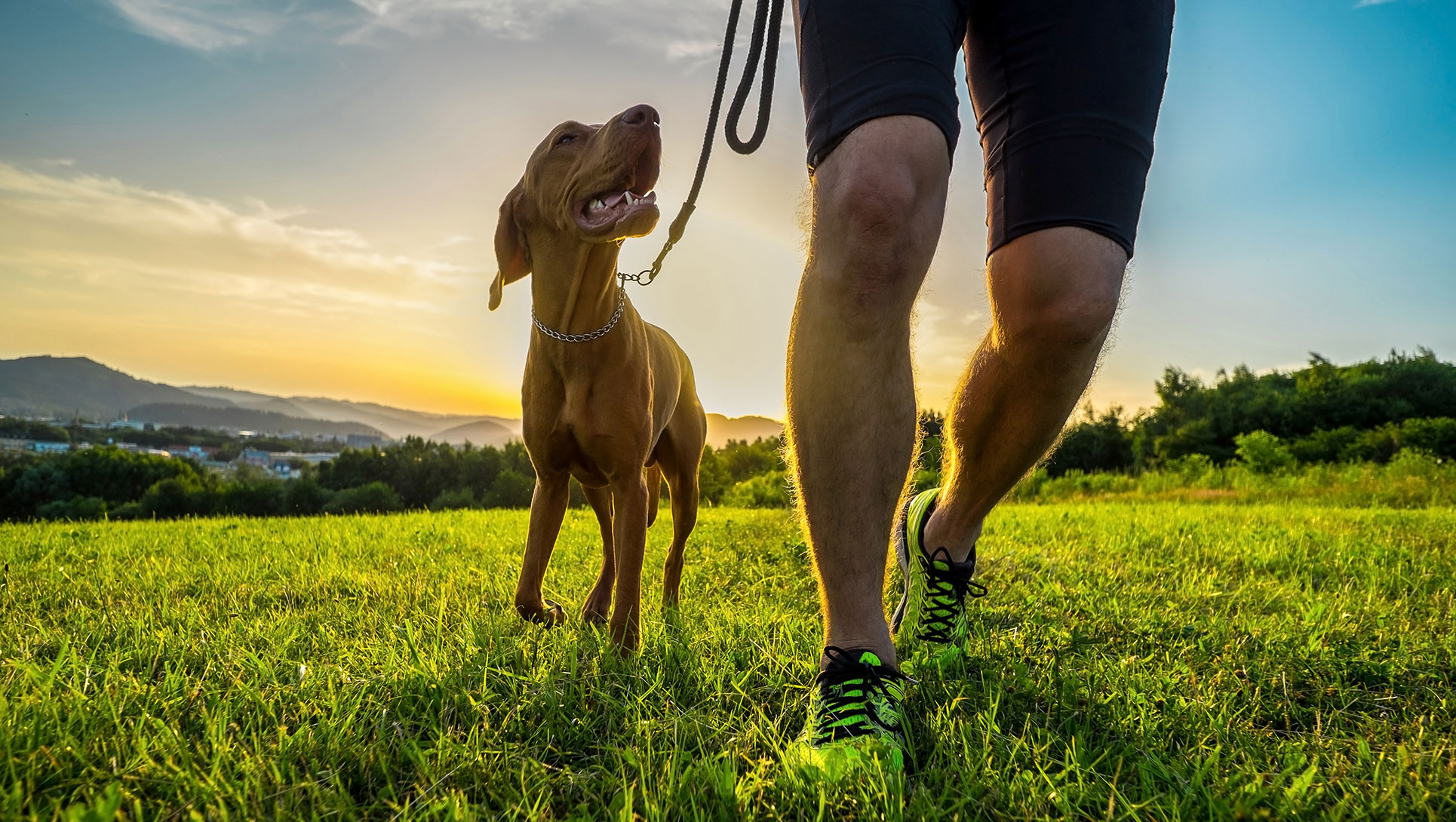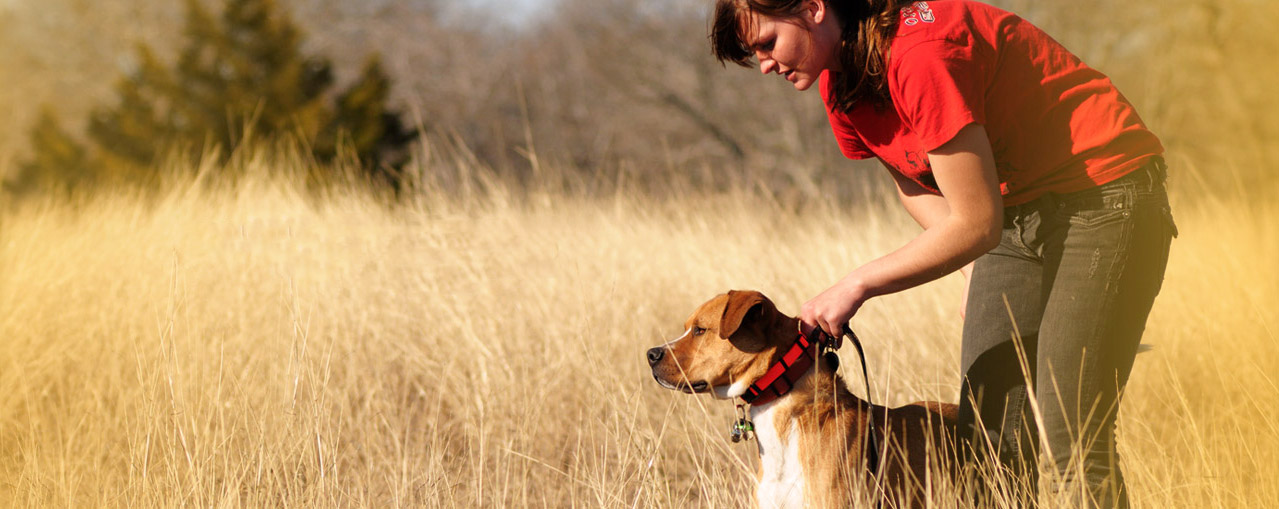Novice's Overview to Successful Canine Training at Home
Successfully educating a pet in your home requires a nuanced understanding of canine actions and effective interaction approaches. Establishing clear training goals, making use of top quality rewards, and keeping consistency throughout household members are crucial components. Incorporating training into day-to-day regimens can enhance both interaction and retention. Many newbie instructors come across difficulties that may prevent development. To browse these intricacies properly, it's important to explore numerous key facets that can transform your technique and lead to a harmonious relationship with your family pet. What basic principles should every novice grip to guarantee success?
Understanding Canine Actions
Understanding pet actions is essential for effective training and promoting a harmonious relationship in between human beings and their canine friends. Pets interact mainly with body language, vocalizations, and faces, making it critical for owners to interpret these signals accurately. Recognizing behaviors such as tail wagging, growling, or shrinking can give understandings into a canine's psychological state and purposes.

Common behavioral concerns, such as hostility, anxiousness, or excessive barking, commonly stem from misconceptions or unmet needs. Observing and resolving these concerns promptly can stop escalation and guarantee a positive training experience. By promoting a deep understanding of canine habits, proprietors can customize their training methods to suit their canine buddies, inevitably leading to a well-behaved and contented pet.
Necessary Educating Tools
A fully equipped training area can dramatically improve the performance of dog training at home. Important training devices guarantee that both the fitness instructor and the pet dog can engage in efficient sessions that promote understanding and bonding.

Investing in a strong chain and a comfy, well-fitting collar or harness is important for safety and control. These devices help develop limits and ensure the pet stays safe and secure throughout training. In addition, an assigned training location, without diversions, aids focus for both the dog and the fitness instructor.
Training aids such as training pads, cones, or dexterity tools can likewise boost the experience by introducing selection and obstacles. Having a notebook or electronic application for tracking progress can be very useful, enabling you to keep in mind successes and areas for improvement. Making use of these crucial tools will produce a positive training atmosphere and lay the structure for effective knowing.
Producing an Educating Regimen
Establishing a regular training regimen is essential for efficient canine training at home. A well-structured regular not just assists in enhancing wanted actions yet also provides your dog with a sense of safety and security and predictability. To develop an efficient training regular, begin by identifying certain training goals, such as fundamental commands, chain walking, or housebreaking.
Select an assigned time daily for training sessions, ideally when your dog is sharp and receptive. Sessions should be short, about 5 to 15 mins, to maintain focus and avoid fatigue. Uniformity in timing and setting will certainly improve your canine's knowing experience.
Include training into day-to-day activities to reinforce abilities. Practice commands throughout strolls or mealtime, which incorporates discovering into natural routines. In addition, continue to be flexible and adjust the regular as required, suiting your pet dog's energy levels and mood.
Favorable Support Methods
Positive reinforcement techniques are essential to effective pet training, promoting wanted behaviors through benefits instead of punishment. This method makes use of favorable stimulations, such as deals with, praise, or play, to motivate pets to repeat details actions. The cornerstone of this strategy is timing; benefits ought to be offered quickly following the wanted actions to produce a clear association.
When carrying out positive support, it is important to pick rewards that are encouraging for your pet dog. High-value deals with, such as tiny items of chicken or cheese, can be particularly efficient during training sessions. go to this site Additionally, differing the rewards can preserve your pet's interest and excitement.
Start with simple commands, like "rest" or "stay," and progressively progression to much more complicated jobs. Consistency is crucial; ensure that all relative make use of the exact same commands and reward systems to stay clear of confusion.
Furthermore, it is essential to remain person and avoid frustration. Pet dogs, like human beings, learn at their own rate. By promoting an encouraging training environment with favorable support, you can boost your canine's knowing experience while enhancing the bond between you and your hairy companion, laying the groundwork for successful training end results.
Common Training Difficulties
While educating a pet in the house can be a gratifying experience, it usually comes with a set of common obstacles that can examine both patience and consistency. One prevalent issue is distraction. Pet dogs might come to be conveniently averted by noises, movements, or perhaps scents in their atmosphere, making it difficult to preserve their focus during training sessions.
Another challenge is disparity in commands and reinforcement. If member of the family utilize various hints or benefits, it can confuse the pet and hinder progression. Developing a unified strategy is vital for efficient communication.
Additionally, pets can experience aggravation or anxiety, particularly if they do not comprehend what is expected of them. This can bring about unwanted actions, such as barking or chewing.
Ultimately, the timing of support is essential (Dog training). Delayed incentives can reduce the effectiveness of positive reinforcement, as pets might fail to connect the behavior with the incentive
Getting over these difficulties requires dedication, clear interaction, and a structured training strategy. Recognizing and resolving these common obstacles will certainly lead the way for a more enjoyable and effective training experience at home.
Conclusion
Finally, effective dog training in your home demands a thorough understanding of canine habits and effective communication strategies. By establishing clear training objectives and utilizing high-grade treats along with favorable reinforcement, the training procedure ends up being more rewarding for both the dog and the fitness instructor. Persistence, uniformity, and adaptability are crucial elements that assist in understanding. Ultimately, integrating training into daily routines improves the bond in between canine and proprietor, making the experience both pleasurable and efficient.
Developing a constant training routine is important for effective canine training at home.Positive reinforcement strategies are basic website here to reliable dog training, promoting desired actions through incentives rather than penalty (Dog training). By cultivating a helpful training atmosphere through positive support, you can improve your canine's knowing experience while strengthening the bond in between you and your fuzzy companion, laying the foundation for effective training outcomes
In verdict, effective canine training at home necessitates a comprehensive understanding of canine actions Related Site and efficient communication approaches. By establishing clear training goals and making use of top notch treats alongside favorable reinforcement, the training procedure ends up being more satisfying for both the pet dog and the trainer.
Comments on “Why Consistency is Key in Dog Training for Long-Term Success”